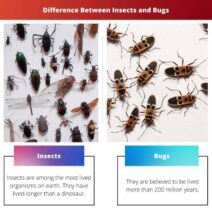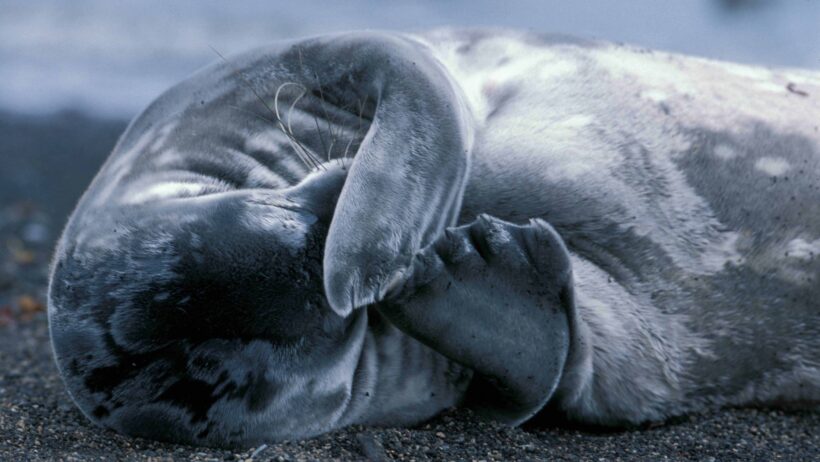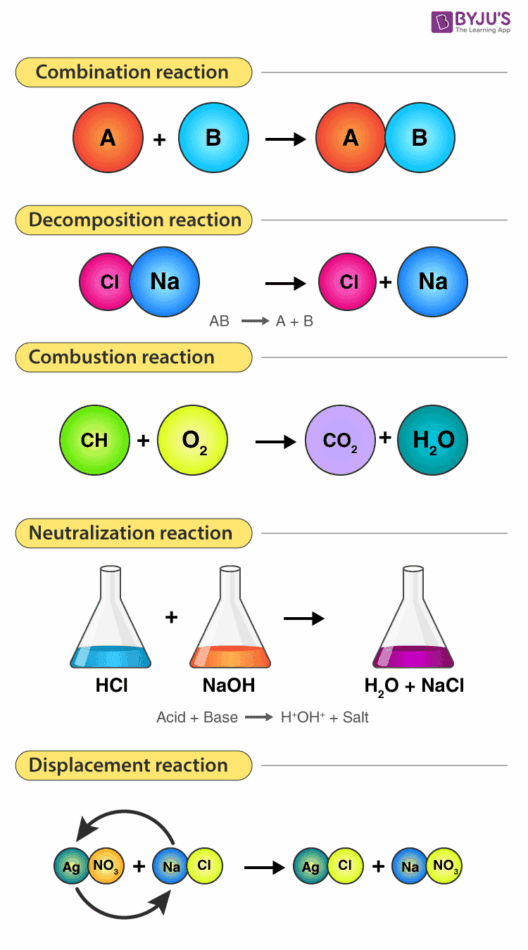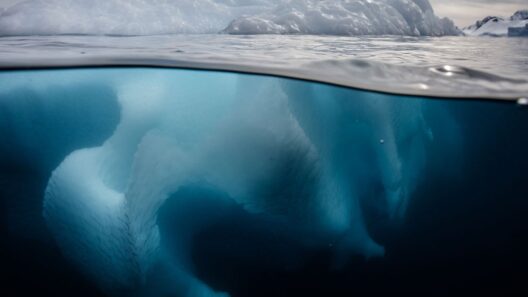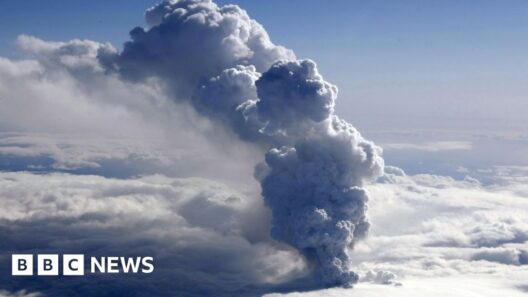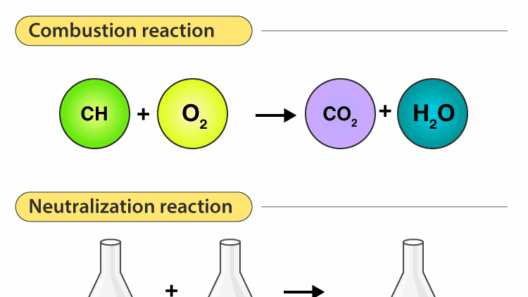As we navigate through the complex and ever-changing landscape of our planet’s climate, one pressing question emerges: “Is every animal suffering in the age of climate change?” This inquiry compels us to scrutinize the intricate webs of life interwoven with varying climates and what the potential repercussions are for various species. Climate change is not a problem confined to humans; it transmutes into a dire challenge for biodiversity across the globe.
To break down this phenomenon, we first need to contemplate the vastness of the animal kingdom. From the stoic polar bears of the Arctic to the industrious bees in our gardens, wildlife encompasses an astonishing array of species. Each animal has developed unique adaptations to thrive in their environments. However, climatic shifts challenge these adaptations, resulting in distress for many.
Global warming, characterized by rising temperatures and shifting precipitation patterns, profoundly affects habitats. Anomalies such as droughts, floods, and extreme weather are on the rise. Consequently, flora and fauna are finding it increasingly difficult to cope with these alterations. For instance, many species rely on specific environmental conditions—temperatures, humidity levels, and seasonal cycles—to breed and feed. When these conditions fluctuate unpredictably, can we realistically expect every species to adapt in tandem?
A particularly poignant case is that of amphibians. These ectothermic creatures are incredibly sensitive to environmental conditions. With increasing temperatures and habitat degradation caused by human activity, many amphibian populations are experiencing dramatic declines, a trend that often leads to extinction. Habitats such as wetlands and rainforests are becoming increasingly fragmented, diminishing the availability of safe breeding grounds. In this regard, it is clear that not only are these animals suffering, but they are also teetering on the brink of elimination.
Moreover, marine life is not exempt from climate-induced peril. Ocean temperatures are escalating, leading to coral bleaching—a tragic phenomenon where corals lose their vibrant colors and the ability to support myriad marine organisms. As these underwater ecosystems deteriorate, the myriad species that rely on coral reefs for sustenance face dire consequences. Fish populations decline, which in turn affects predator species, including seabirds and marine mammals. The intricate interdependencies of ocean ecosystems hint at a systemic collapse, raising a significant concern amongst marine biologists and environmentalists alike.
Yet, it does not end there. Wildlife is experiencing not only physiological stress but also behavioral disruptions. Migratory patterns, for example, are starting to show signs of disarray. Many birds migrate according to seasonal cues such as temperature changes and food availability. However, as climate change alters these signals, birds risk arriving too early or too late. The mismatch in timing can lead to decreased reproductive success, pushing their populations toward further decline. Can ecosystems truly sustain their delicate balances when each cog may be misaligned?
Even species that might seem resilient are facing challenges. For instance, the adaptable coyote has thrived in urban environments, yet this does not shield it from the impacts of climate change. Altered landscapes and dwindling prey populations can force these cunning creatures into ever-tightening conditions. The irony lies in the fact that while some species may initially flourish in the face of anthropogenic change, they too will face unforeseen consequences that could jeopardize their long-term survival.
Another layer of complexity arises from the intersection of human society and wildlife. Agricultural practices, often steeped in inefficiency, exacerbate environmental pressures. Pesticides and monoculture farming disrupt habitats. As wildlife margins shrink, the potential for human-wildlife conflict escalates. This creates a paradox: do we enable coexistence, or do we escalate our footprint on the land, further compounding the issues of climate change?
In juxtaposition, we must acknowledge the potential for positive change through conservation efforts. Programs focused on habitat restoration have proven effective in revitalizing endangered species. The question shifts from whether all animals are suffering to how we can mitigate these adverse effects. Every act—no matter how insignificant it may seem—can contribute to the broader remedy for restorative ecology.
Can we reconcile the challenges of climate change with pragmatic conservation measures? The success stories we witness in wildlife corridors and protected areas demonstrate that with thoughtful intervention, species can rebound from the brink of extinction. However, the clock is ticking, and the frameworks that support these initiatives must be robust and adequately funded.
Ultimately, the overarching question remains: Is every animal suffering in the age of climate change? The answer is nuanced. While the plight of many species is undeniable, there remains a glimmer of hope anchored in human initiative. Our actions today, driven by a combination of awareness, compassion, and strategic policymaking, can pave the path toward a more harmonious coexistence with the intricate tapestry of life that one day, could flourish anew.
